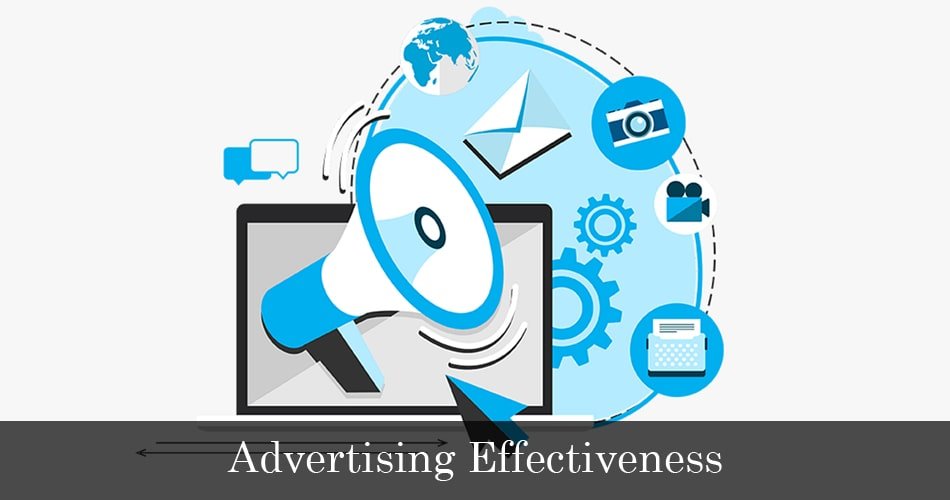Advertising Effectiveness

Advertising evokes strong feelings. Many people use DVRs to skip commercials, yet eagerly watch the Super Bowl for its iconic ads.
Ask a seasoned marketing researcher about the necessity of advertising, and you’ll hear how its primary goal is to boost sales and elevate brand value. Persuasion is key, relying on attention, logical arguments, and learning. Effective advertising helps consumers remember the ad’s message, leading to a purchase.
Conversely, a neuromarketer, with a brain science background, might argue that advertising indirectly increases sales by fostering positive associations with a brand. This involves emotional connections, repetition, and implicit learning. To them, attention might even hinder effectiveness. Advertising works by priming—when customers see a brand in-store, they recall positive feelings from ads, making them more likely to buy. This priming is most effective when ads enhance familiarity and preference for the brand.
Direct vs. Indirect Advertising Routes
The direct route to advertising effectiveness focuses on attention, conscious processing, logical arguments, and immediate sales. The indirect route emphasizes emotional connections, nonconscious processing, priming, implicit memories, brand attitudes, and long-term sales and branding.
These views are not mutually exclusive. Depending on the situation, product, or consumer, either model can be more applicable.
Choosing the Right Approach for Advertising Research
If you’re considering traditional or neuromarketing methods for advertising research, ensure you and your partner agree on what defines advertising effectiveness. This clarity helps in designing studies and interpreting results.
The Direct Way: Increasing Sales Directly
The AIDA model outlines persuasion as attracting attention, creating interest, instilling desire, and prompting action. This approach relies on clear, logical arguments to persuade consumers to buy. Creativity in advertising captures attention and aids recall at the point of sale.
However, the direct route assumes rational consumer behavior, which isn’t always the case. Consumers often ignore ads, forget details, resist claims, and rely on heuristics for decisions. Proving that advertising directly influences sales is challenging, though not impossible.
When the Direct Route Works Best
- For new products or features (e.g., innovative Dyson vacuums).
- For new product categories (e.g., smartphones, tablets).
- For expensive, infrequent purchases (e.g., cars, appliances).
- When the goal is immediate response (e.g., infomercials, charity appeals).
Indirect Route: Changing and Reinforcing Brand Attitudes
The indirect route affects brand equity by changing attitudes, memories, and intentions, impacting sales at the point of purchase. It builds brand equity through conditioning—a process of creating positive emotional connections and reinforcing them through repeated exposure.
Ads must be seen multiple times for conditioning to occur. This route is driven by emotion, working best for well-known products, engaging narratives, affordable frequent purchases, and long-term brand relationships.
When the Indirect Route Works Best
- For familiar products and categories.
- With ads focusing on engaging narratives and minimal message content.
- For affordable, frequently purchased items.
- For building long-term brand relationships rather than immediate responses.
Conclusion
Advertising is multifaceted, blending direct persuasion with indirect emotional connections. Both routes have their merits, depending on the product, audience, and context. Understanding and applying the right approach can significantly enhance advertising effectiveness, ensuring your message resonates and drives desired outcomes.